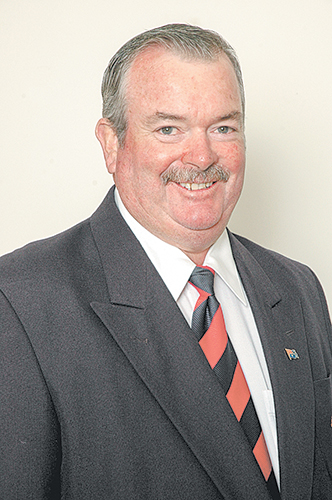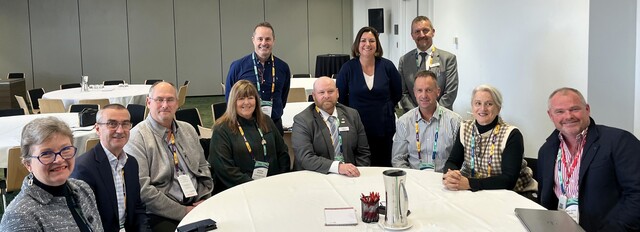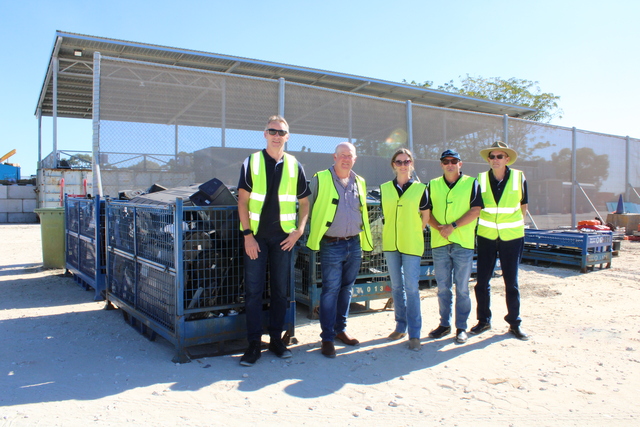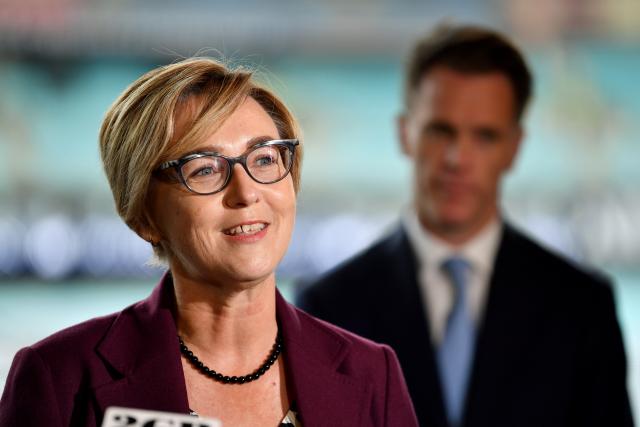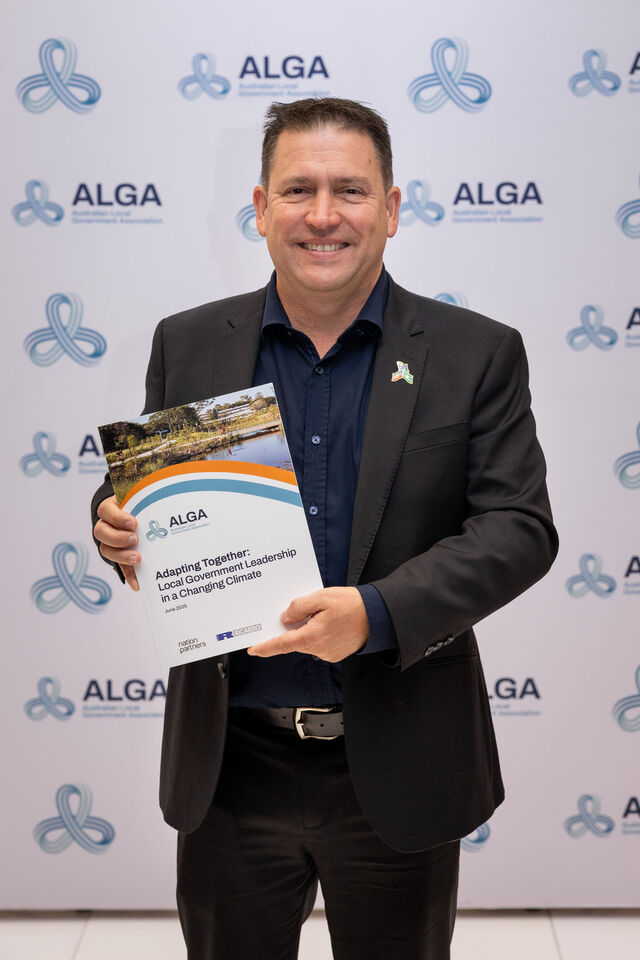President’s comment
Do Australian governments have a revenue problem? It’s a question that is rightly occupying economists, taxation specialists, politicians and commentators. As all spheres of government continue the never-ending quest for greater expenditure efficiencies, better governance and structural change, there is growing concern that they are having less success on a fourth critical front.
How do governments achieve and maintain financial sustainability while improving services and responding to the challenges ahead, including population growth, the ageing of Australia and climate change?
The challenges are particularly acute for local government, who are most responsible for creating and maintaining the infrastructure and services that support and build not only resilient local economies but also functional, healthy and inclusive communities. In New South Wales, the financial sustainability of local government is being undermined as never before, thanks to an unholy trifecta of rate pegging, cost shifting and intergovernmental transfers, which fail to achieve the horizontal fiscal equalisation for which they were designed.
For example, rate pegging has halved the NSW change in rates per annum compared to other states. Between 2004/05 and 2014/15, NSW local government rates increased by 5.7 percent per annum, compared to an average of 10.9 percent for other states and the Northern Territory. Meanwhile, LGNSW research found cost shifting onto the state’s councils by the Australian and NSW Governments has increased from $380 million in 2005/06 to $670 million in 2013/14. And the Commonwealth’s three-year freeze on Financial Assistance Grant indexation has ripped nearly $1 billion out of council funding nationally for infrastructure and maintenance.
It should come as no surprise that the NSW Treasury Corporation in 2013 found the total infrastructure backlog for NSW councils had increased from $5.8 billion in 2009 to $7.2 billion in 2012. Nor is it surprising that ALGA’s National State of the Assets 2015 report found $47 billion of local government infrastructure across Australia was in a poor or very poor state.
Good progress has been made when it comes to NSW councils making expenditure and efficiency gains, but if we are to truly make councils financially sustainable, we must not shy away from the real task. We can no longer pretend that local government can meet new statutory obligations, deliver new services, or build the new infrastructure our communities desire without a broader and more flexible financial base. It is time to think beyond the current paradigms, and to hold honest and transparent discussions around the allocation of public functions and services, and how those functions and services are funded.

